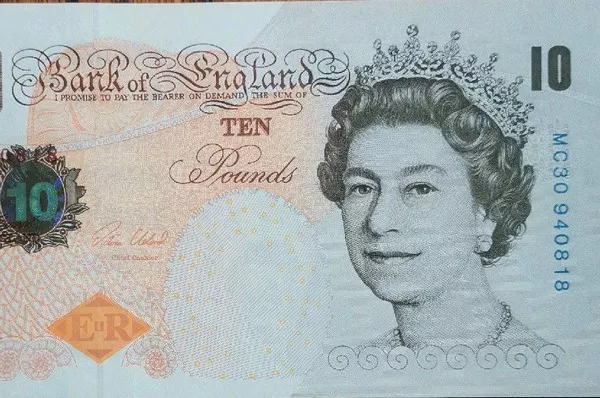In today’s globalized world, currency exchange rates play a crucial role in determining the value of money across different countries. As financial transactions become increasingly borderless, it is essential to understand the worth of one currency in terms of another. This article delves into the topic of what $30 amounts to in GBP, providing readers with an in-depth analysis of currency exchange rates and factors influencing their fluctuations.
1. Currency Exchange Basics:
To comprehend the value of $30 in GBP, it is imperative to grasp the fundamentals of currency exchange. Exchange rates represent the price at which one currency can be converted into another. They fluctuate continuously due to various economic, political, and social factors.
2. GBP Overview:
The British Pound Sterling (GBP) is the official currency of the United Kingdom. It is one of the major reserve currencies globally and holds significant importance in international trade and finance. The GBP exchange rate reflects the relative strength of the British economy compared to other currencies, including the US dollar (USD).
3. Factors Influencing Exchange Rates:
Exchange rates are influenced by a myriad of factors, such as interest rates, inflation, economic indicators, political stability, market sentiment, and geopolitical events. Central banks, through monetary policy decisions, also impact exchange rates indirectly.
4. Current Exchange Rate:
As of the latest available data, the exchange rate between the USD and GBP stands at 0.73. Therefore, to determine the value of $30 in GBP, we multiply $30 by 0.73, resulting in approximately £21.90.
5. Historical Perspective:
Exchange rates are subject to constant change. It is crucial to consider historical trends when assessing the value of a currency. Over the past decade, fluctuations in the USD-GBP exchange rate have been influenced by events such as Brexit, changes in economic growth rates, and shifts in investor sentiment.
6. Impact of Economic Factors:
Economic conditions significantly impact exchange rates. Factors such as GDP growth, inflation, trade balances, employment rates, and monetary policy decisions affect the relative value of currencies. Detailed analysis of these factors can provide insights into currency movements.
7. Importance of Market Sentiment:
Investor sentiment and market expectations have a considerable influence on exchange rates. News events, political developments, and market speculation often lead to short-term volatility. Understanding market sentiment is crucial in assessing the near-term prospects of currency values.
8. Exchange Rate Risks and Mitigation:
Exchange rate fluctuations pose risks for businesses and individuals engaged in cross-border transactions or investments. Hedging strategies, such as forward contracts, options, and currency derivatives, can be employed to mitigate these risks and protect against adverse movements.
9. Currency Conversion Methods:
Various methods are available for converting currencies, including traditional banks, online platforms, and currency exchange services. These options offer different exchange rates and fees, necessitating careful consideration for obtaining the best value when converting $30 to GBP.
10. Practical Implications:
Understanding the value of $30 in GBP has practical implications for travelers, international students, investors, and businesses engaged in foreign trade. Accurate knowledge of exchange rates enables informed decision-making regarding budgeting, pricing, investment planning, and financial transactions.
Conclusion:
The value of $30 in GBP fluctuates depending on various economic, political, and social factors. By examining exchange rates, historical trends, economic indicators, and market sentiment, individuals and businesses can gain insights into the relative worth of these currencies. Staying informed about currency exchange rates empowers individuals to make sound financial decisions in an increasingly interconnected world.


